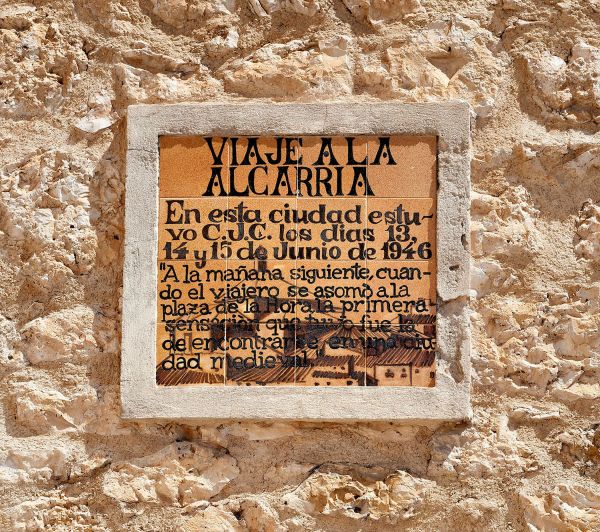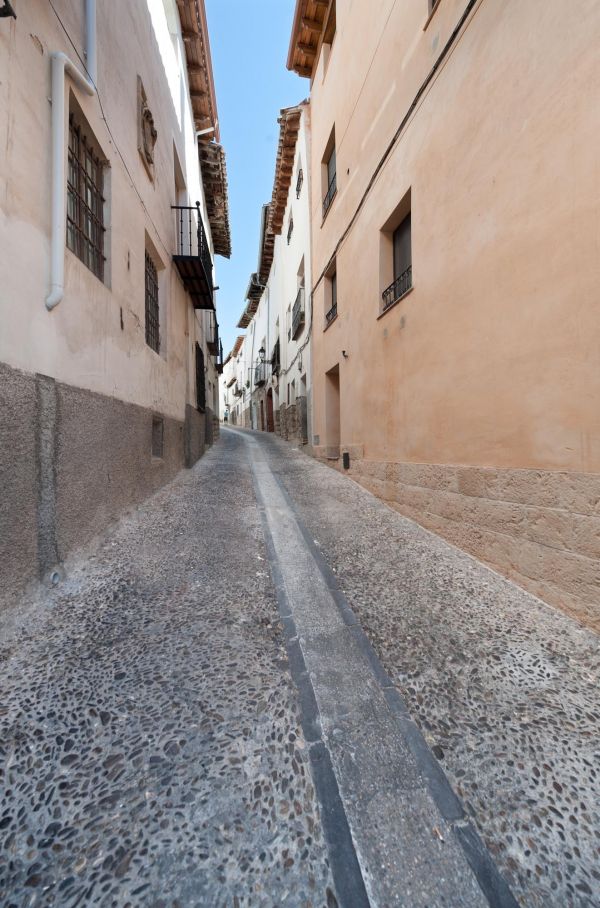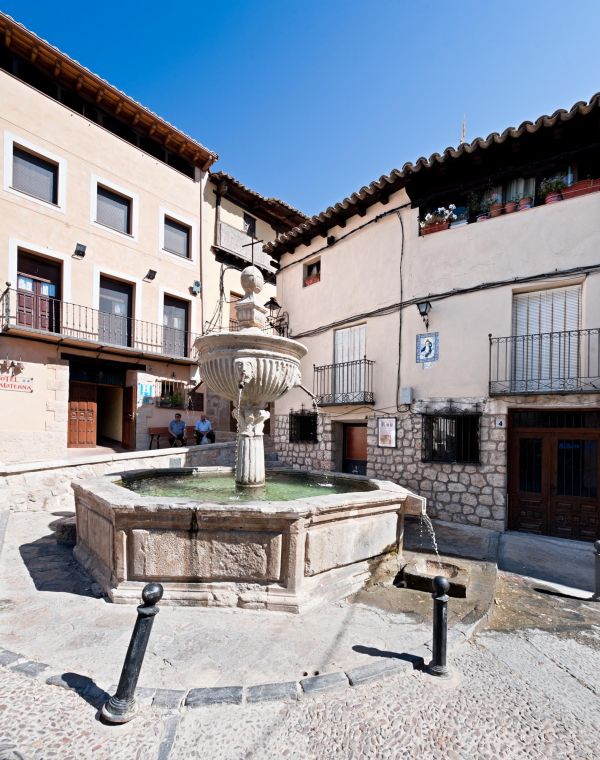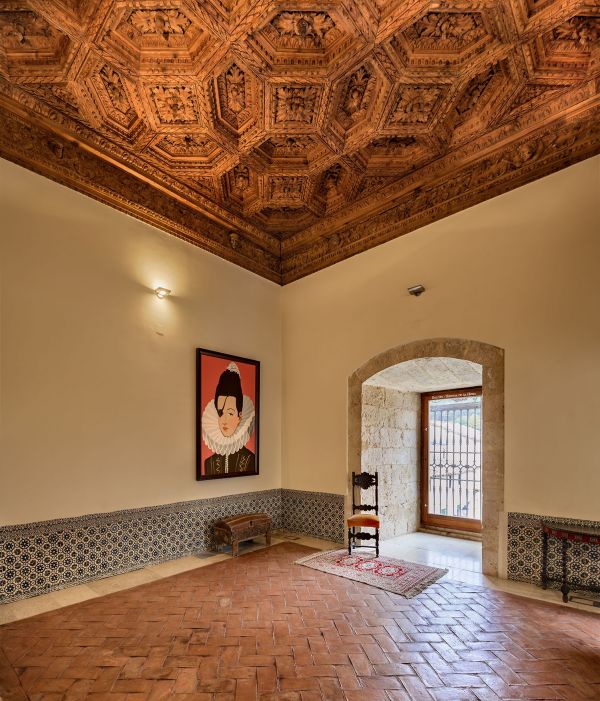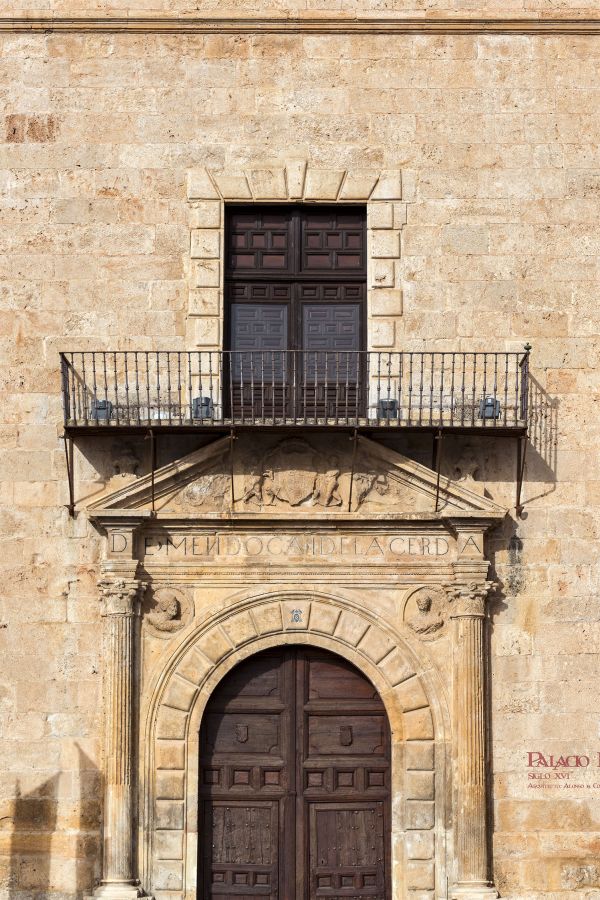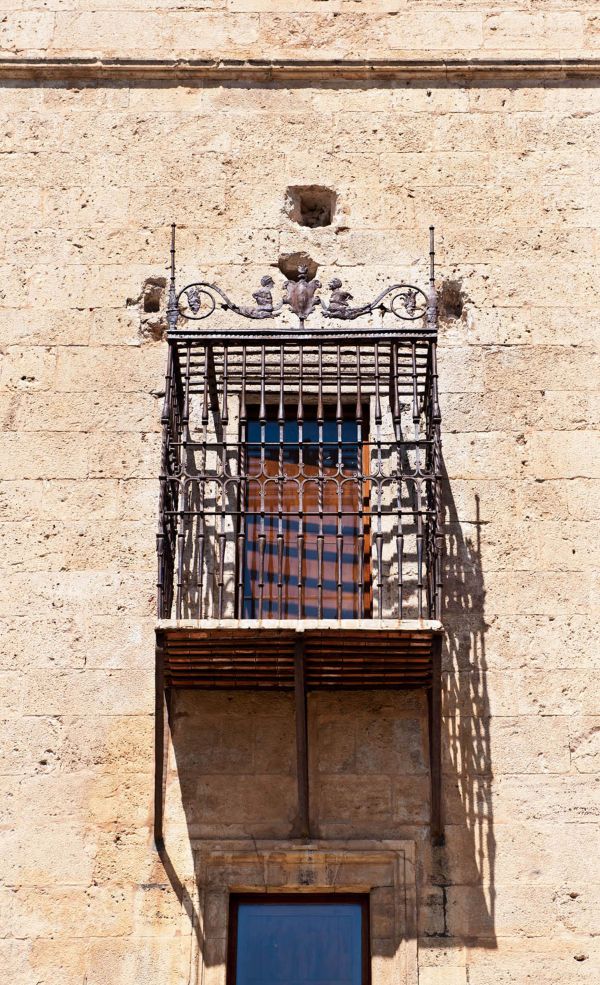Pastrana. Villa Ducal
Guadalajara
Camilo José Cela in his Journey to the Alcarria: “Next morning, when the traveller made his appearance in the Plaza de la Hora the first sensation he had was one of being in a medieval city, a great medieval city.”
On the banks of the Arlés river, between the Tajo and the Tajuña, lies the medieval city Cela speaks of, Villa Ducal de Pastrana. Its multiple examples of artistic and cultural heritage have led to it receiving the title of Historic-Artistic Site.
The history of its streets and monuments is closely linked with famous people and literary tales: its convents and churches, St. Teresa, St. John of the Cross; the homes and palaces, such as the house of the playwright and poet Moratín, who lived in the town for long periods; the streets that Camilo José Cela immortalised in his Journey to the Alcarria; or the Ducal Palace, designed by Alonso de Covarrubias,where the Princess of Éboli was detained and held prisoner on the orders of Philip II.
Cela continues: “The Plaza de la Hora is a square, large, uncluttered and airy.”
The square is governed by the imposing, Renaissance-style Ducal Palace, abundant in mannerist elements. It retains some marvellous coffered ceilings designed by Alonso de Covarrubias, in Plateresque style. The Toledo, Mudejar-style tile shutter boards are also noteworthy. Princess of Éboli, Ana de Mendoza y de la Cerda, was detained and held prisoner in the east tower between 1581 and 1592 on the orders of Philip II. The barred balconies looking onto the square are well-known, where the Princess would spend an hour every day, which gives the square its name.
Calmly walking through the streets of Pastrana, we will find beautiful spots and alleyways, walls and doors, and stately homes and noble palaces with some particularly noteworthy sites: the College of San Buenaventura, the Old Palace, the Burgos Palace, the House of the Inquisition or House of the Synagogue, the House of the Knights of Calatrava, etc.
The 14th century Collegiate Church is worth a visit, with later additions such as the 15th-century Gothic door and the extensive renovations carried out in the 17th century, which account for most of the current structure. Inside, the well-stocked Parish Museum houses a magnificent collection of Gothic tapestries that belonged to Alfonso V of Portugal.
This collection of tapestries is an artistic treasure: as well as the stunning quality, size (they are each 11 metres long) and technical perfection, they are noteworthy as they describe some historical events that took place when they were made. They were woven a few years after the events represented, so are considered a fine example of photographic journalism of the time.
From the Collegiate Church, we can visit the St. Joseph Convent (1569), one of the convents founded by St. Teresa of Ávila in Pastrana, which involves a little stroll. It is now home to a highly recommendable restaurant, and preserves the whole 15th century surroundings.
The Convent of Carmen, in the outskirts, was also founded by St. Teresa of Ávila in 1569. Its religious figures include the noteworthy St. John of the Cross, who was a master of novices. The new 5th Centenary of St. Teresa museum is housed here: a collection of seven large oil paintings telling of the arrival of St. Teresa of Ávila to Pastrana in 1569 and the foundation of the convents.
If we want to follow in the footsteps of the Princess of Éboli, after leaving the town, then 10 kilometres away lies the old castle of Zorita de los Canes, now fully in ruins. The origins of this fort date back to the 10th century. After changing hands over the centuries, in 1565 it was bought by Ruy Gómez de Silva and his wife, the Princess of Éboli. Ana used to like visiting to admire, from the large terrace in the castle’s south tower, the ruins identified with the Visigoth town of Recópolis.
Among the local traditional festivals, the Ronda de Sebastián in January, the May Festival (Fiesta de los Mayos) and the famous Ducal Festival, in mid-June, are all noteworthy.
The Ducal Festival is a set of cultural activities in symbolic, architectural spaces, recreating Pastrana’s finest historical moment: the Spanish Golden Age. Theatres, puppets, concerts, Renaissance markets, conferences, gastronomic workshops, etc. The procession of Renaissance and Baroque costumes is the Festival’s star attraction. Kings, princes, noblemen, clerics, soldiers, musicians and commoners parade through the streets of Pastrana with their magnificent period costumes.
Pastrana produces several Denomination of Origin products: honey, Alcarria olive oil and wine. The traditional dishes include roast lamb, ‘migas’ (fried breadcrumbs), gruel or the famous sweets from Pastrana, such as the ‘yemas de Santa Teresa’ (local pastries).
May also be of interest to you
Castilla-La Mancha Tourism in 2023. All rights reserved.

 365
365





